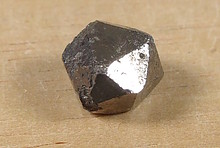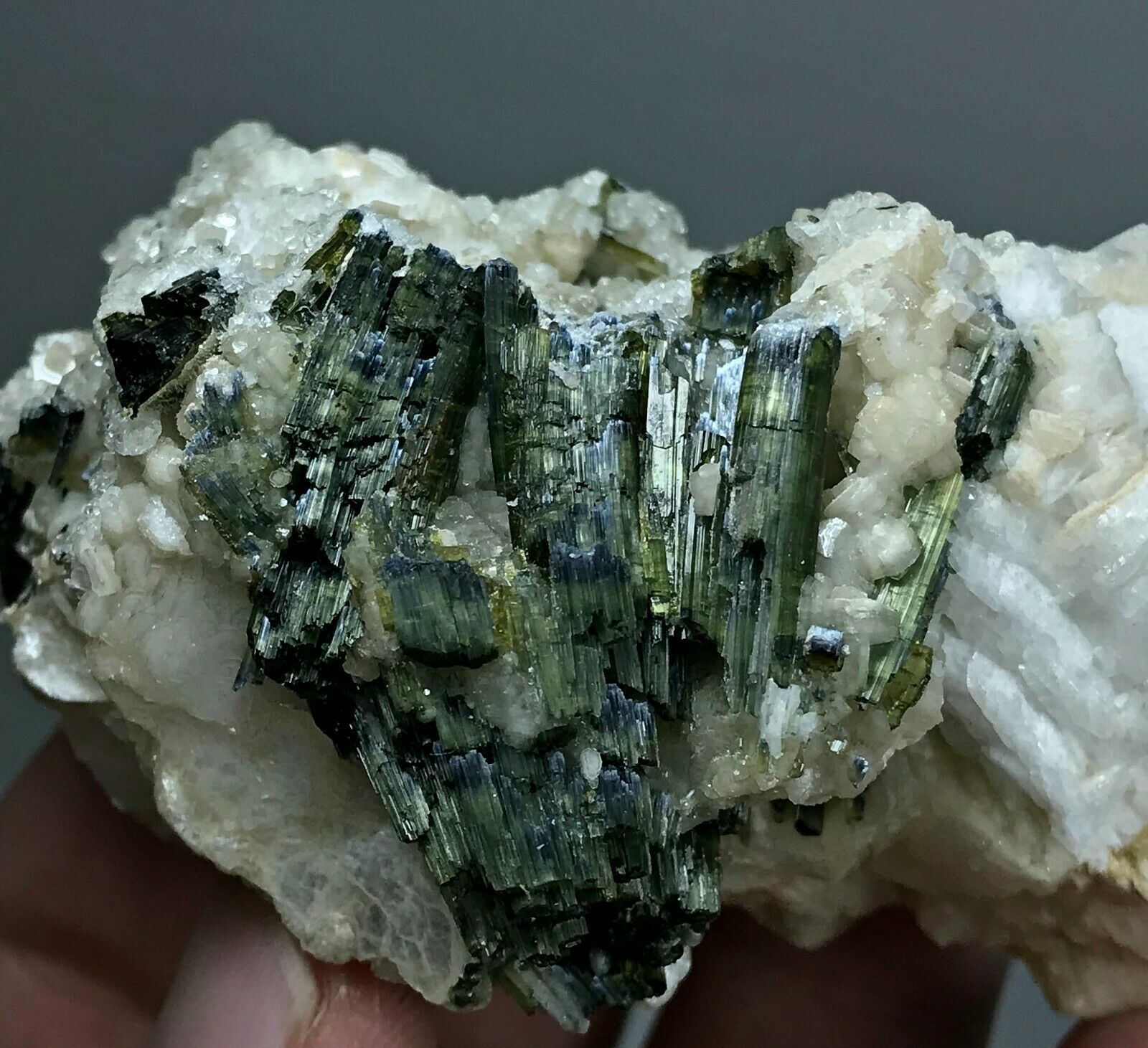Home PageAbout MindatThe Mindat ManualHistory of MindatCopyright StatusWho We AreContact UsAdvertise on Mindat
Donate to MindatCorporate SponsorshipSponsor a PageSponsored PagesMindat AdvertisersAdvertise on Mindat
Learning CenterWhat is a mineral?The most common minerals on earthInformation for EducatorsMindat ArticlesThe ElementsThe Rock H. Currier Digital LibraryGeologic Time
Minerals by PropertiesMinerals by ChemistryAdvanced Locality SearchRandom MineralRandom LocalitySearch by minIDLocalities Near MeSearch ArticlesSearch GlossaryMore Search Options
The Mindat ManualAdd a New PhotoRate PhotosLocality Edit ReportCoordinate Completion ReportAdd Glossary Item
Mining CompaniesStatisticsUsersMineral MuseumsClubs & OrganizationsMineral Shows & EventsThe Mindat DirectoryDevice SettingsThe Mineral Quiz
Photo SearchPhoto GalleriesSearch by ColorNew Photos TodayNew Photos YesterdayMembers' Photo GalleriesPast Photo of the Day GalleryPhotography
╳Discussions
💬 Home🔎 Search📅 LatestGroups
EducationOpen discussion area.Fakes & FraudsOpen discussion area.Field CollectingOpen discussion area.FossilsOpen discussion area.Gems and GemologyOpen discussion area.GeneralOpen discussion area.How to ContributeOpen discussion area.Identity HelpOpen discussion area.Improving Mindat.orgOpen discussion area.LocalitiesOpen discussion area.Lost and Stolen SpecimensOpen discussion area.MarketplaceOpen discussion area.MeteoritesOpen discussion area.Mindat ProductsOpen discussion area.Mineral ExchangesOpen discussion area.Mineral PhotographyOpen discussion area.Mineral ShowsOpen discussion area.Mineralogical ClassificationOpen discussion area.Mineralogy CourseOpen discussion area.MineralsOpen discussion area.Minerals and MuseumsOpen discussion area.PhotosOpen discussion area.Techniques for CollectorsOpen discussion area.The Rock H. Currier Digital LibraryOpen discussion area.UV MineralsOpen discussion area.Recent Images in Discussions
Identity HelpHydroxylherderite? Adularia? with tourmaline from Skardu, Pakistan

9th Jan 2020 18:35 UTCNick Gilly
Hi all.
Another new specimen arrived today, which was sold as herderite+tourmaline+mica, from Skardu, Pakistan. Now the last two are definitely correct (some really nice terminated green elbaite pencils in there), but I'm not so sure about the 'herderite'. This is in the form of many colourless transparent wedge-shaped crystals that cover many areas of the specimen. I tried a hardness test, and they do scratch glass with difficulty, which is similar to the behaviour of my known herderite specimen from Brazil. However, I'm wondering if they could be adularia crystals. The shape looks like it could be either. Hopefully someone familiar with the minerals from the pegmatites in Skardu/Pakistan might recognise this.
Looking at pics of hydroxylherderite from Pakistan, many of the specimens on Mindat show green crystals, although there are one or two colourless examples that look similar to the crystals on my specimen. None of the hydroxylherderite or adularia specimens on Mindat show an association with tourmaline though. The approximate size is 40 mm by 30 mm by 25 mm, and the weight is about 26 grams.
Looking at pics of hydroxylherderite from Pakistan, many of the specimens on Mindat show green crystals, although there are one or two colourless examples that look similar to the crystals on my specimen. None of the hydroxylherderite or adularia specimens on Mindat show an association with tourmaline though. The approximate size is 40 mm by 30 mm by 25 mm, and the weight is about 26 grams.
Whatever it is, I can't complain as this really is a beautiful specimen, which only cost $9.99 before shipping.
Pics now follow (taken from the auction). Thanks for any help with this.







9th Jan 2020 20:01 UTCNicholas J. Rose
9th Jan 2020 19:52 UTCFrank K. Mazdab 🌟 Manager
If you buy a lot of unknown or suspect minerals online and don't have easy access to a SEM/microprobe to ID them for you, I'd perhaps also suggest you may want to invest in a copy of Frederick Pough's "A Field Guide to Rocks and Minerals", which offers a variety of relatively easy-to-do "old-school" blowpipe and chemical tests on common and semi-common minerals. Small quantities of the more useful chemicals and the fairly basic equipment are also likely available on eBay, and with a bit of practice on known materials are not especially difficult to do.
Under tests for herderite, for example, Pough notes:
"Thermoluminescent, glowing briefly with a blue-white phosphorescence on the charcoal just before become incandescent. After light heating (enough to only crack and slightly whiten the specimen) it is usually fluorescent in longwave UV light. Fuses with difficulty, becoming white and opaque. Dissolves slowly in acid, giving the phosphorus test [a yellow precipitate forms when a few drops of a nitric acid solution of a phosphate are added to a solution of ammonium molybdate]".
If positive, however, whether you have herderite or hydroxylherderite is unfortunately beyond the scope of simple at-home tests, most especially if you're near the composition boundary.

9th Jan 2020 20:09 UTCNick Gilly
Thanks guys. That is even better if it is hydroxylherderite.
In fact the wedge shape of the larger crystal on the first pic is indeed a dead ringer for a hydroxylherderite posted by Mark Wrigley (see above). It's not mentioned but it looks like there are a couple of small green tourmaline crystals attached too, so perhaps it's from the same deposit.
Frank that sounds like an interesting book to get hold of, but that test is a bit destructive for a lovely specimen like mine, lol.
9th Jan 2020 20:16 UTCFrank K. Mazdab 🌟 Manager
Certainly in some cases agreed, but I based my suggestion of chemical testing on chipping off a small discreet crystal from the hidden back of your specimen that you described as:
many colourless transparent wedge-shaped crystals that cover many areas of the specimen
Presumably you must have found a similar discreet hidden back corner to do your scratch (hardness) test... hopefully you didn't try to scratch the big central showy crystal, right? right? lol
9th Jan 2020 21:54 UTCJosé Zendrera 🌟 Manager
Another vote for hydroxylherderite.
Could be from many localities: Shengus and Stak Nala in the Indus valley or anywhere in the upper Braldu valley, the only localities near Skardu where green tourmaline is found, aside of hydroxylherderite.
All of them belong to the old Skardu district but today divided in four new districts still not updated in Mindat.
Could be from many localities: Shengus and Stak Nala in the Indus valley or anywhere in the upper Braldu valley, the only localities near Skardu where green tourmaline is found, aside of hydroxylherderite.
All of them belong to the old Skardu district but today divided in four new districts still not updated in Mindat.
9th Jan 2020 22:47 UTCAndrew Debnam 🌟
hydroxylherderite as long as shipping is only a few dollars

9th Jan 2020 23:03 UTCNick Gilly
Thanks again guys. Stak Nala definitely looks like the most likely of the sites mentioned as there are plenty of pics of the bicolour green elbaite from there. I've not found any pics online associated with hydroxylherderite yet, but it appears that they are out there.
Shipping to the UK was only $5 so a very nice find. I don't know if the shipping cost to the US would be the same or not.
10th Jan 2020 02:40 UTCAndrew Debnam 🌟

4th Mar 2020 15:51 UTCNick Gilly
Attached are a couple of photos (from the seller) of a new, larger specimen that arrived here today. The colourless hydroxylherderite covers the top area of the specimen with groups of parallel, fibrous-looking (etched?) tourmaline prisms on the side. Dimensions are approx. 65mm by 40 mm by 35 mm, and the weight is about 147 grams.
Some very interesting specimens coming out of this location.


4th Mar 2020 22:24 UTCNick Gilly
Would my idea about etching be correct? I've attached a photo (not very good in this light) of the remnants of a tourmaline prism that is now hollow. It's the roundish shape dead centre. Did it grow like that or has the middle been dissolved away? I'll have to see if I can take some better pics at the weekend if we get some sunny spells.
There is a group of tourmalines nearby with partial prisms, with the interiors coated in a buff/greyish powder. Maybe something similar was going on here too.
5th Mar 2020 13:31 UTCHarold Moritz 🌟 Expert
I'd vote for hydroxylherderite. Herderite is super-rare (early finds have been shown to be the hydroxl kind - much like nearly all "amblygonite" has been found to be montebrasite), so Pough's test should be valid. Adularia does occur in pegmatites, but as a late secondary mineral associated with Be secondaries like bertrandite (along with secondary albite and muscovite), all fine-grained and easily overlooked, so I doubt that's what you have here. Hydroxlherderite is a secondary phosphate, so you need a primary phosphate source in the peg, like triphyllite or lithiophilite, and some beryl, and then both need to be altered by late pegmatite solutions so the required elements can react and precipitate hydroxylherderite. It can be any color, that comes from impurities. But here's a tidbit from its mindat.org page:
May be blue-green or blue in daylight, lavender or light violet in incandescent light
Interesting that at Stak Nala there is another secondary phosphate, eosphorite, but no primary. Bertrandite and beryl are present.




Mindat.org is an outreach project of the Hudson Institute of Mineralogy, a 501(c)(3) not-for-profit organization.
Copyright © mindat.org and the Hudson Institute of Mineralogy 1993-2024, except where stated. Most political location boundaries are © OpenStreetMap contributors. Mindat.org relies on the contributions of thousands of members and supporters. Founded in 2000 by Jolyon Ralph.
Privacy Policy - Terms & Conditions - Contact Us / DMCA issues - Report a bug/vulnerability Current server date and time: April 27, 2024 01:08:36
Copyright © mindat.org and the Hudson Institute of Mineralogy 1993-2024, except where stated. Most political location boundaries are © OpenStreetMap contributors. Mindat.org relies on the contributions of thousands of members and supporters. Founded in 2000 by Jolyon Ralph.
Privacy Policy - Terms & Conditions - Contact Us / DMCA issues - Report a bug/vulnerability Current server date and time: April 27, 2024 01:08:36






















